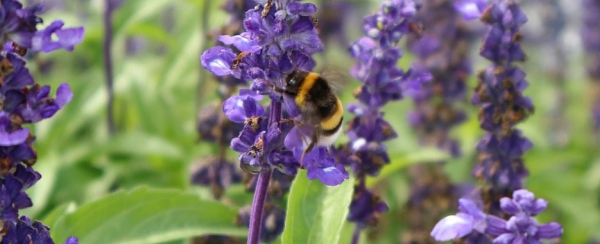About 75 percent of our food crops and more than 80% of wild plants require pollination by insects. The value of crop pollination alone is estimated at up to 577 billion US dollars per year worldwide. The best-known pollinators are bees, but these are by no means the only insects that provide this service for humans and nature – flies, wasps, beetles, butterflies and moths also play important roles.
Several studies have identified a significant decline in insect populations in recent decades – also in Germany. The focus so far has been on the loss of suitable habitats for insects; for example, the conversion of natural areas into agricultural or urban areas. But what are the consequences of land use in combination with warmer and dryer climates for pollinating insects? And what could be done to mitigate possible negative consequences? This was investigated in a new study by the Julius-Maximilians-University (JMU) Würzburg.
The JMU research team and collaborators reveal for the first time how climate and land use together shape the diversity of pollinating insects at local and landscape scales across Bavaria. Based on more than 3200 identified pollinator species from 179 locations in forest, grassland, arable and urban habitats, they find homogenization of pollinator communities in warmer climates. This suggests an overall loss of pollinator diversity under future climates.
Continue reading at University of Würzburg
Image via University of Würzburg


